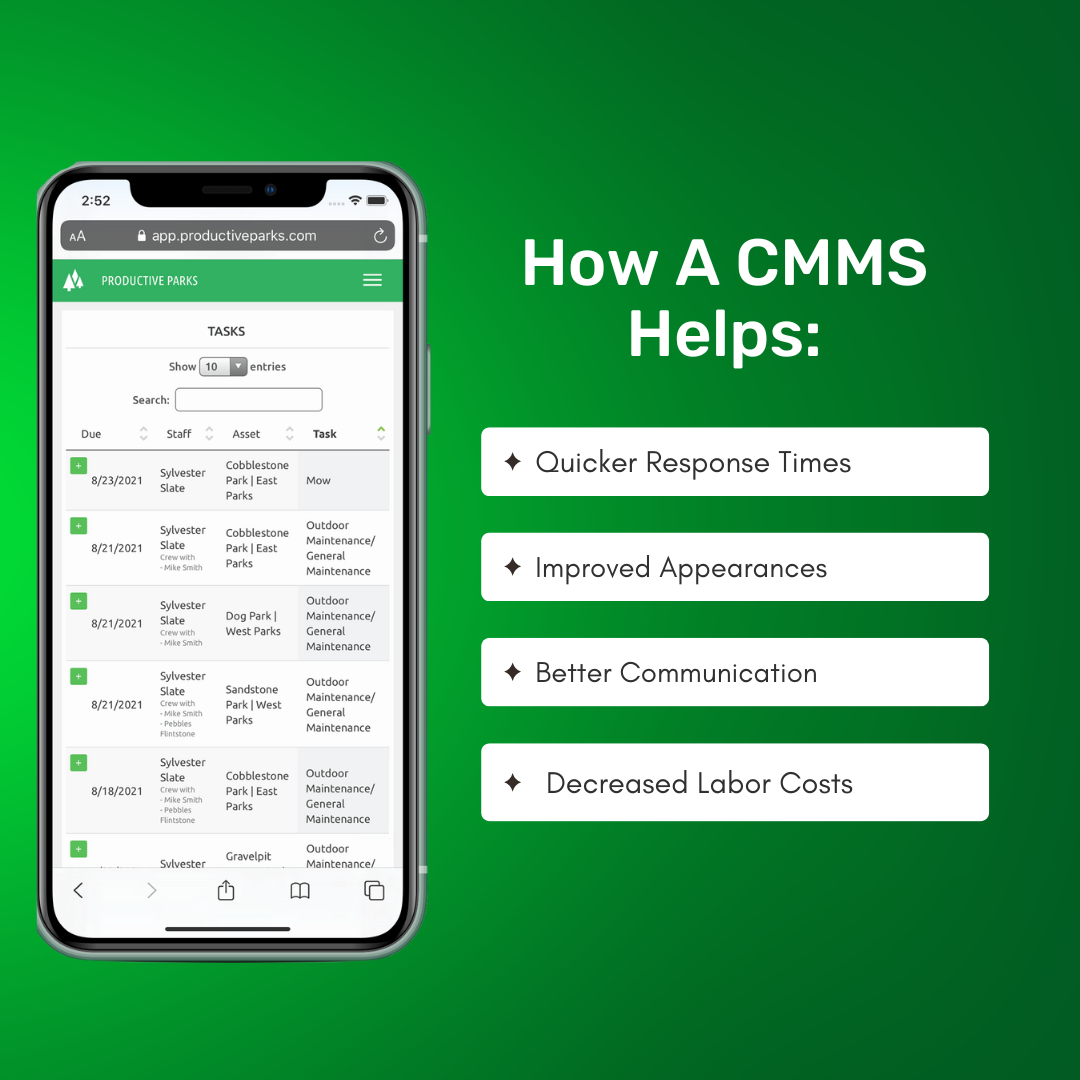
Your team has been doing things one way for as long as anyone can remember. Now the decision to shake things up is met with plenty of mumbled (or not so mumbled) complaints and resistance.
And sure, implementing something new, like computerized maintenance management software (CMMS), takes people out of their comfort zones. But it doesn’t mean they have to stay out of those zones--they simply redefine what is comfortable.
Start setting team members’ minds at ease by addressing resistance in a calm, factual manner. Those grumbles may not be quite as loud. You may even see a couple of half-grins.
Here is some common resistance associated with CMMS implementation:
We’re Busy Enough…You Want Us to Do More?
When the CMMS is set up to be compatible with your agency's work, it will make things easier. A successful CMMS implementation takes the processes you already have and makes them digital.
For example, you can cut out extra steps in the work order process. With a simple unsatisfactory inspection finding, you create, send, and complete a work order while still in the field.
And, of course, there are more ways to make things easier. If a scheduled task needs more detailed instructions, the technician can use the software to see a document, PDF, or image associated with the task. The additional instructions can reduce unnecessary calls, trips back to the workshop, or incorrectly completed tasks.
You can even upload digital versions of owners' manuals. You don’t have to search through the old file cabinet to find a reorder part number for your brushcutter when the seasonal help mistakes a giant rock for a patch of weeds.
Plus, you’re ultimately cutting down on paperwork. Or at least making that paperwork digital. So, if you dread returning from the field to fill out work orders, inspection reports, and other notes, that dread will go away.
You’re getting this all done in the field. And, once you learn the system, probably a lot quicker than filling out paper copies.
Our Budget is Already Tight. A CMMS is Another Expense…
A CMMS is an investment in the efficiency of your maintenance department. Ideally, when the rough edges get smoothed out, the necessary staff gets onboard, and you have it working the way your agency works, there are plenty of opportunities for an ROI.
After all, your agency will have:
- Quicker response times. Minor issues automatically get communicated faster and to the right people before they become big deals.
- Improved appearances. Parks and facilities look better, attracting more patrons.
- Better communication. Correspondence improves among all levels of the maintenance department.
- Decreased labor costs. Crews get scheduled to work more efficiently, requiring less overtime.

We Can’t Afford New Tech Equipment
The Productive Parks CMMS is entirely cloud-based. You don’t have to purchase servers or other expensive tech equipment.
You can use all of your existing web-enabled equipment to run Productive Parks. You only need an internet or cellular connection to transmit information via the software.
Our Guys Aren’t Tech Savvy…They’ll Never Figure It Out.
If your guys can use a cell phone, they can learn how to use the software.
The dashboard for crew leaders and technicians is straightforward and user-friendly. They see their tasks, mark when they are complete, input the time spent doing them, and add any other notes or images if necessary.
It’s that easy.
And, to make things easier, the tech doesn’t have to worry about pecking letters to make comments on a small tablet or cell phone screen. The talk-to-text feature also works when inputting comments and notes.
There is Going to Be a Robot Micromanaging Me?
We assure you, at this point, our development team has not created any maintenance management robot prototypes. And sure, it would be cool to have robots running around helping us with stuff. But, if Productive Parks robots ever come to fruition, they will not be programmed to micromanage.
But in all seriousness, the software isn’t about micromanaging a crew every minute of every day.
If you have more autonomous employees, you can have them choose their tasks based on what’s going on for the day. The “bucket list” feature allows you to list several tasks that need completion. Then you give staff access to these tasks. They arrive for work, determine the best jobs for the day, and do them. Once finished, they record what got completed and how long it took.
After all, having an available to-do list is much more palatable than a nagging micromanager robot.
If It Ain’t Broke, Why Fix it?
Think about it. If we failed to try new things just because we weren’t sure how it would go, we’d all cut our turfgrass with sickles and scythes.
Can you imagine how many labor hours that would take? Not to mention the workers' compensation claims?
We’ve been existing in a digital age for a while now. It’s not going away (well, maybe not until Y3K). So why not use it to make your team’s life easier and the data for your meetings more robust and appropriate?
Here are some other misconceptions about implementing a CMMS we commonly like to address.
Please feel free to contact us if you have any other questions or resistance that need to be addressed. We’d love to hear from you!
